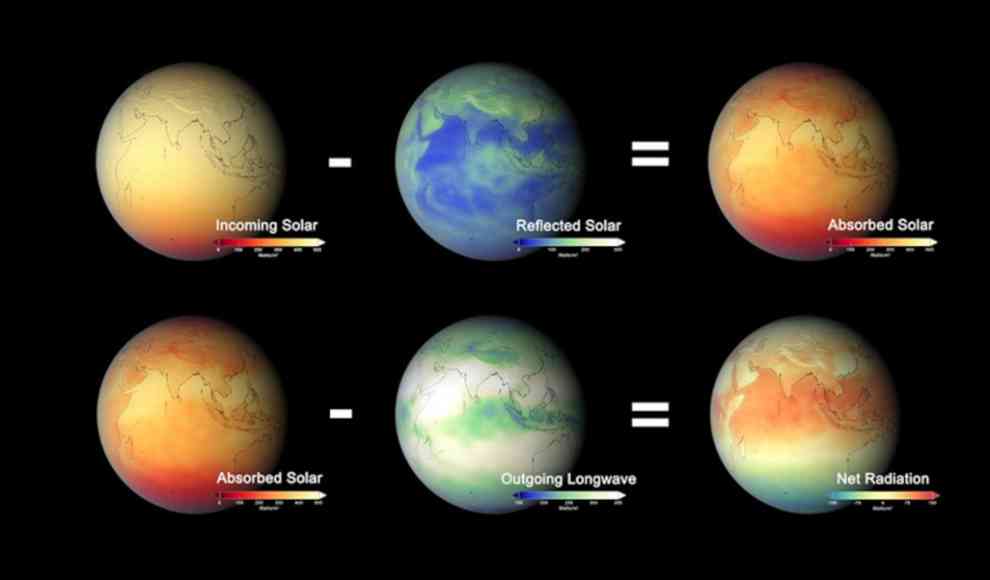For the first time, scientists have provided direct evidence of the impact of human activity on the Earth’s energy balance and, consequently, on climate change. The Earth’s climate is determined by a balance between energy absorption and emission. Sunlight is partially absorbed by the Earth, providing energy for processes such as photosynthesis, while excess energy is reflected back into space as long-wave radiation. When this process is in balance, the Earth’s climate is stable. However, scientists from NASA’s Goddard Space Flight Center have now used satellite data to determine the Earth’s radiation balance and the extent of human-induced radiation forcing.
The CERES instruments, distributed across several satellites, have been measuring the incoming and outgoing radiation of the Earth since 1997. These measurements have shown that the Earth’s energy absorption and emission are not in balance. However, until now, independent satellite data could not be used to validate measurements of the anthropogenic greenhouse effect on Earth. The scientists have developed a new method that incorporates data from multiple satellites to determine the effects of natural factors such as water vapor, aerosols, solar activity, and atmospheric processes on the Earth’s energy balance. By subtracting the natural influence from the gross radiation balance, they were able to determine that the global instantaneous radiation forcing increased by 0.53 watts per square meter from 2003 to 2018.
The study also shows the effect of greenhouse gases and aerosols. The increase is due to a combination of rising greenhouse gas levels and recent reductions in aerosol emissions. The decrease in air pollution reduces the cooling effect on the Earth, making it less reflective to sunlight. This effect was clearly visible during the COVID-19 lockdowns. The new calculation method allows for faster data collection and analysis, enabling changes in the Earth’s radiation balance and their impact on climate change to be recorded over a few years. This will allow for more reliable predictions of future climate change.










